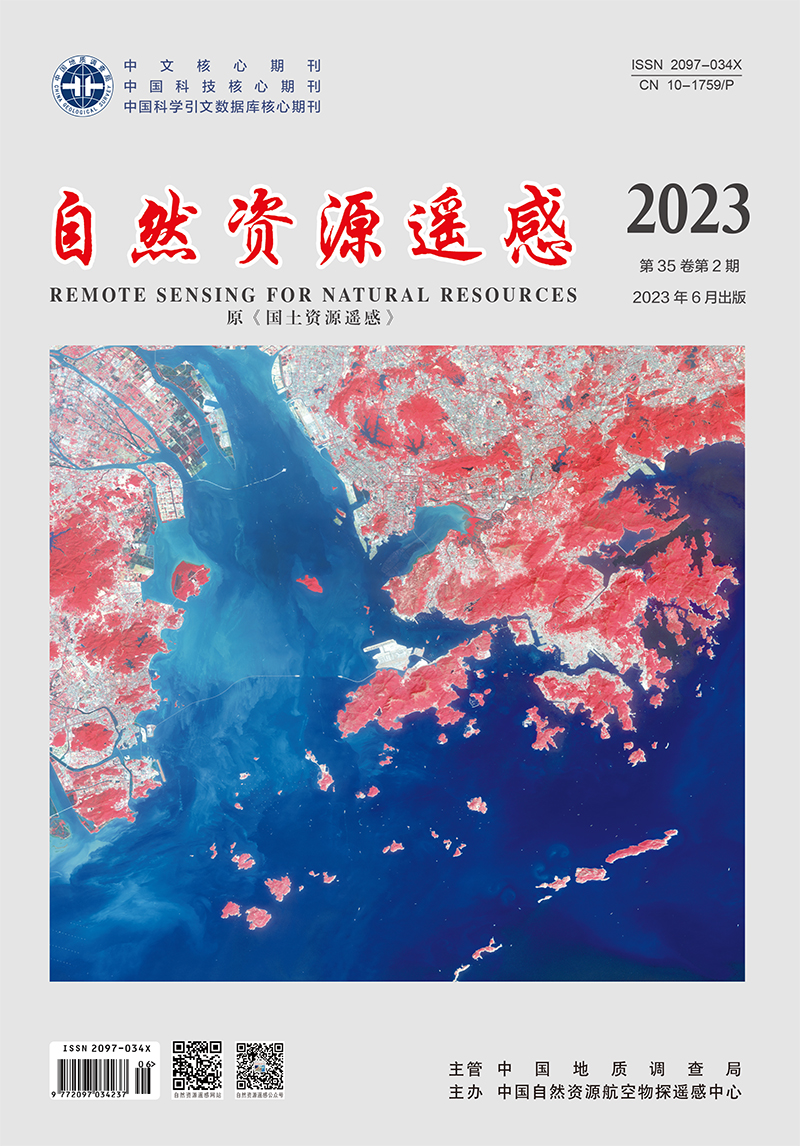ZHENG Zongsheng, LIU Haixia, WANG Zhenhua, LU Peng, SHEN Xukun, TANG Pengfei. 2023. Improved 3D-CNN-based method for surface feature classification using hyperspectral images. Remote Sensing for Natural Resources, 35(2): 105-111. doi: 10.6046/zrzyyg.2022100
| Citation: |
ZHENG Zongsheng, LIU Haixia, WANG Zhenhua, LU Peng, SHEN Xukun, TANG Pengfei. 2023. Improved 3D-CNN-based method for surface feature classification using hyperspectral images. Remote Sensing for Natural Resources, 35(2): 105-111. doi: 10.6046/zrzyyg.2022100
|
Improved 3D-CNN-based method for surface feature classification using hyperspectral images
More Information
-
Corresponding author:
LIU Haixia
-
Abstract
Hyperspectral images are characterized by large data volumes, multiple bands, and strong interband correlation. Conventional classification methods using hyperspectral images usually consider only spectral or spatial information, while suffering insufficient feature extraction and ignoring the texture structures and important spectral information of images. Aiming at these problems, this study proposed a new classification method using hyperspectral images. First, multi-scale spatial-spectral data were processed based on the three-dimensional convolutional neural network (3D CNN), and a spectral attention mechanism was proposed by improving the dual attention mechanism. Then, the classification accuracy of surface features was further improved by adopting cross-layer feature fusion and multi-channel feature extraction strategies. In this study, 6 043 samples of two scenes of images captured by the GF-5 satellite were selected as experimental data. The proposed method was compared with five other methods, namely the support vector machine (SVM), the one-dimensional convolutional neural network (1D CNN), the two-dimensional convolutional neural network (2D CNN), the 3D CNN, and the residual network (ResNet). The results show that the method proposed in this study yielded significantly improved overall accuracy (OA) and Kappa coefficients with averages of 95.25% and 0.943, respectively. When applied to the dataset of Nantong, Jiangsu, this method yielded OA of up to 95.84%, which was 21.54, 21.71, 7.28, 3.94, and 2.56 percentage points higher than that of the five other methods, respectively.
-

-
-
Access History







 DownLoad:
DownLoad: